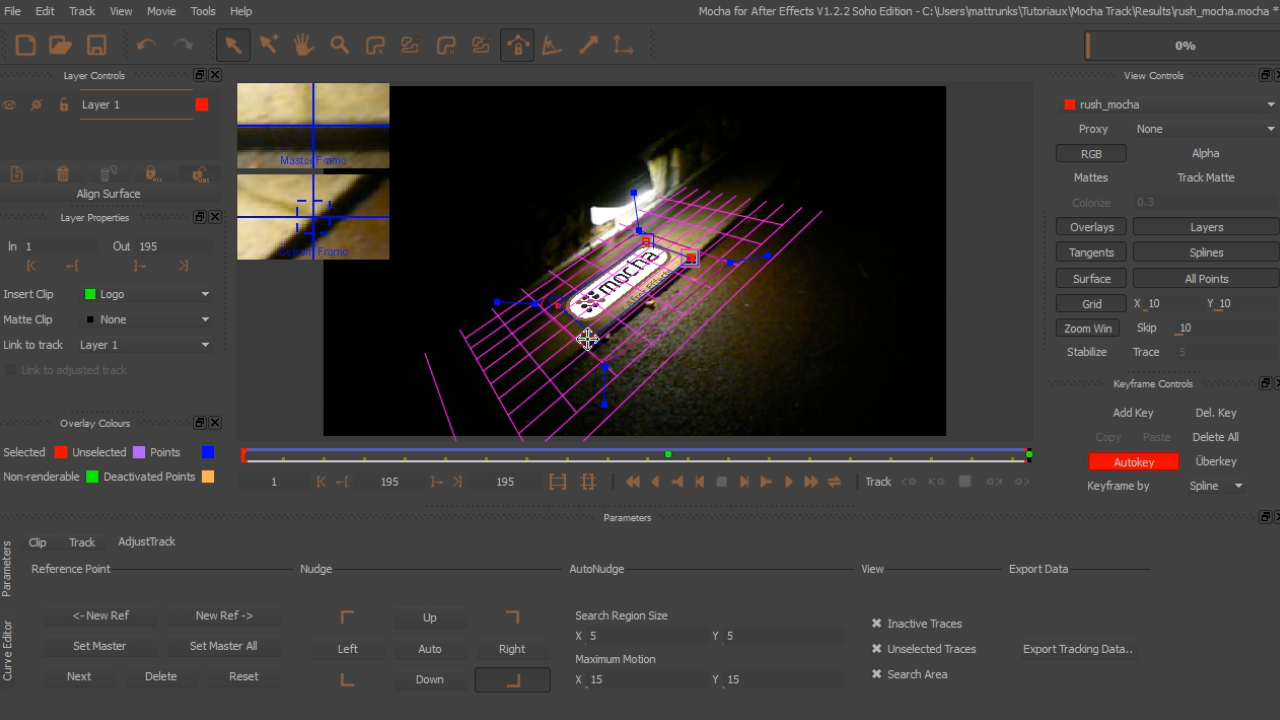

Two-point tracking is fantastic for simple camera movements, as long as there are a few contrasted elements for the tracker to track. When to Use It: On footage with mild to moderate levels of camera shake. In this tutorial from Live Tech Australia, we take a look at how to use the single-point tracker in After Effects. If you’re in a rush, one-point tracking will work, but for most professional circumstances, you’ll want to at least use two-point tracking. After Effects uses contrast to find track points, so you’ll need to make sure you set your tracker on a well-defined point. The single-point tracker built into After Effects has long been a go-to tool for motion artists, but you need to be careful with single-point tracks because footage doesn’t normally shake in 2D space only. When to Use It: Very quick 2D tracking situations centered around a single point with no warping. Let’s take a look at six different ways to execute motion tracking in After Effects and discuss when certain tracking features should and shouldn’t be used. This is especially true for motion tracking. However, the tracker you use to motion track your footage might not be the best choice depending on your specific clip.

Here’s a few of them!Īfter Effects is a fantastic tool for VFX work. There’s more than one way to pull off motion tracking in After Effects.


 0 kommentar(er)
0 kommentar(er)
